

![[DIGITALE BIBLIOTHEK DER FES]](/images/digbib/d_digbib.gif)

SECTION of DOCUMENT:
4 PAPERS PRESENTED AT THE SEMINAR
[page number of print ed.:16]
4 PAPERS PRESENTED AT THE SEMINAR
4.1 THE CURRENT STATE OF THE ECONOMY AND RECOVERY PROSPECTS
Presented by Dr. Peter Robinson, Zimconsult
ZIMPREST Macro-Economic and Social Strategy
This economic strategy set specific goals and targets, including:
- To target relatively high growth (average 6% per annum);
- To run a primary budget surplus and grow out of the looming debt trap;
- To devote additional resources for investing in people. Even then, if what was intended was achieved, per capita values would only be back to 1990 levels in year 2000.
The result in terms of economic growth, incomes and employment were that:
- The strategy worked in 1996 and the target was achieved when the country achieved an 8.5% growth but thereafter economic growth collapsed to only 1,5%-3% p.a.
- The real income decline during ESAP was arrested to some degree in the 1998 and 1999 wage rounds, but these will be quickly eroded by accelerating inflation;
- Formal employment was at 28,000 per annum in the period between 1986 and 1990, but dropped to 9,500 per annum during the ESAP period and again rose to 43,000 per annum during the ZIMPREST period (1996-1998).
In terms of social programmes, there was a marked decline in real non-salary expenditure in health and education, a sharp rise in poverty resulting in social problems which were greatly compounded by HIV/AIDS.
At the macro-economic level, the result was the „Black Friday" in 1997, followed by an exchange rate collapse in 1998, giving a huge push to inflation, which is now at 70%. Interest rates are still negative in real terms but are at unprecedented nominal levels.
What Went Wrong?
- Accumulated debt to finance budget deficits was at the root of the problem, but poor exchange rate management precipitated the present crisis;
- The response of authorities to the crisis, where they attempted to restore nominal Z$/US$ rate, removal of FCDAs and reduction in the time to repatriate export proceeds („emergency" tariffs), worsened the exporting environment. This, together with lower commodity prices, led to a collapse of export receipts (in US$).
- The lack of export supply response to the currency depreciation is a reflection of poor policies and does NOT justify the current determination of the RBZ to peg the nominal exchange rate.
[page number of print ed.:17]
The Difficulties We Now Face
- The primary budget surplus is no longer adequate to arrest the increase in debt and hence the interest burden: we are now right inside the debt trap;
- macro-economic instability, coupled with political unwillingness to face the consequences, has brought the public enterprise sector and parts of the banking sector to the brink of collapse;
- The crisis could get a lot worse and there are no easy solutions to the problems. Some sign of imagination or vision is needed to get the economy onto a recovery path.
Framework For Recovery
- All serious recovery paths involve achieving and maintaining a tight grip on the budget;
- Commitment to budgetary stringency needs to be made with sufficient conviction to restore credibility and confidence and the starting point is transparency;
- Some form of financial engineering has to be found to swop short-term Treasury Bill debt for longer-term instruments attracting lower rates of interest that is a combination of donor financing, international borrowing and foreign and domestic privatisation of parastatals with large asset bases etc;
- Globalisation has to be accepted as a fact of life and its implications have to be internalised;
- The pattern of development has to be changed from the exclusivist model consistently applied by the ruling party since Independence to an inclusivist approach, benefiting the majority of the population;
- To increase formal sector employment, all aspects of the national strategy to achieve and sustain competitiveness need to be vigorously pursued; and
- To expand remunerative self-employment opportunities and specific bottlenecks typically in marketing rather than finance or production sectors.
[page number of print ed.:18]
Figure 1
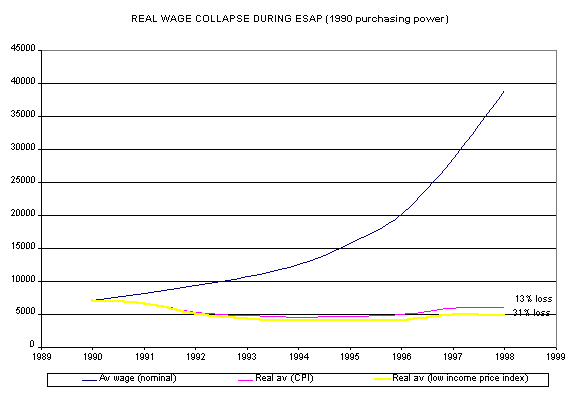
Figure 2
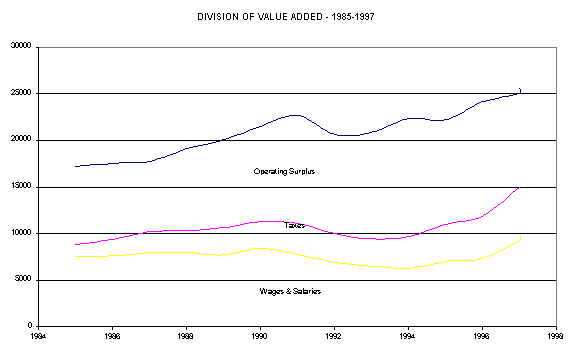
[page number of print ed.:19]
Figure 3
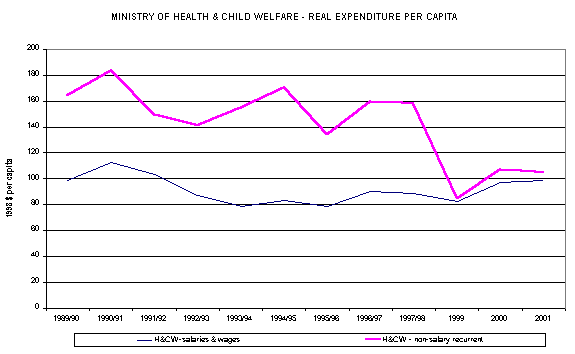
Figure 4
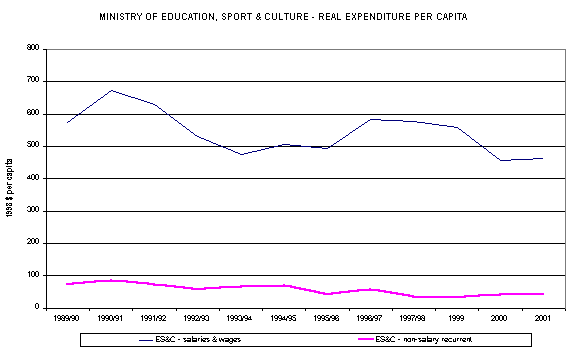
[page number of print ed.:20]
Figure 5

Figure 6
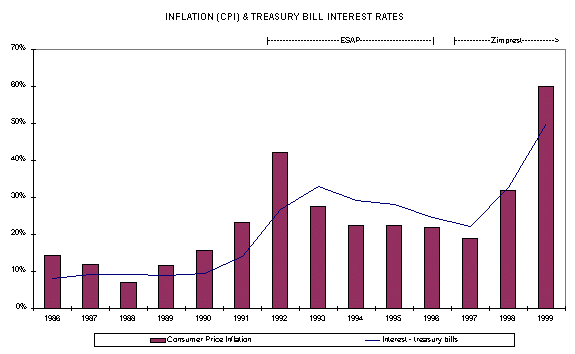
[page number of print ed.:21]
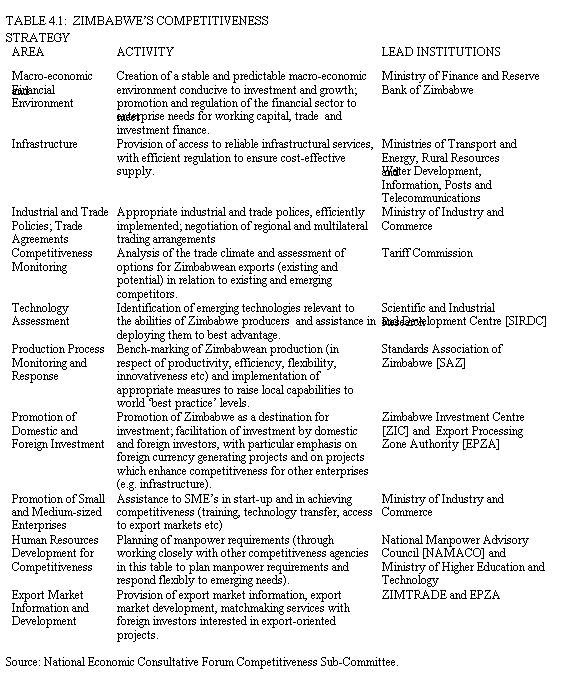
[page number of print ed.:22]
© Friedrich Ebert Stiftung | technical support | net edition fes-library | August 2001


